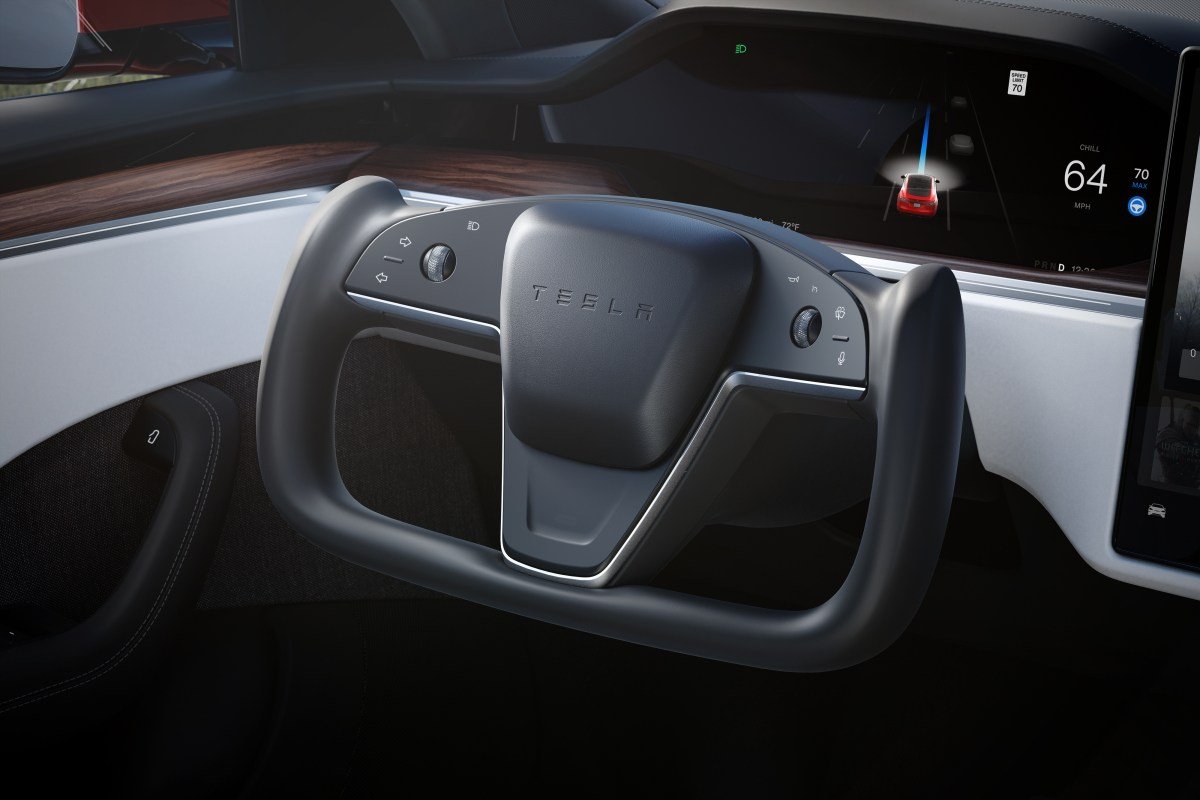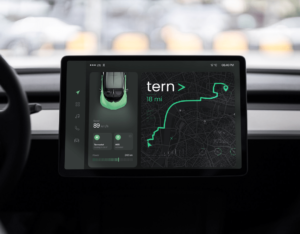Tesla’s solution for its recall of over 2 million vehicles equipped with Autopilot has been deemed “insufficient” by Consumer Reports, following recent tests.
“It’s still possible to cover the cabin camera while using Autopilot, rendering one of the car’s main methods of monitoring driver attention ineffective.”
– Kelly Funkhouser, Associate Director of Vehicle Technology, Consumer Reports
Funkhouser, who is part of the nonprofit organization, reveals to TechCrunch that during preliminary tests, she was able to cover the cabin camera and still use Autopilot. This means that drivers can disable one of the key ways for the car to determine if they are paying attention to the road.
Furthermore, Funkhouser reports that she did not notice any changes while using Autopilot’s flagship feature, Autosteer, on roads other than controlled-access highways, as Tesla claims the software is designed for.
While these tests are not comprehensive, they have raised concerns about Tesla’s approach to driver monitoring, which is at the core of the recall.
Consumer Reports, known for its critical evaluation of both Tesla’s technology and vehicles, plans to conduct more extensive testing in the coming weeks. However, they have yet to evaluate other changes, such as the increase in visual alerts on the Model 3 and Model Y, as they have only received the over-the-air software update on their Model S.
Tesla has also implemented a policy that suspends Autopilot for a week if it detects “improper usage.” Funkhouser mentions that she did not encounter this during two test drives lasting about 15-20 miles each.
The recall, announced last week, affects over 2 million cars in the United States and Canada, and comes in the midst of a two-year investigation by the National Highway Traffic Safety Administration (NHTSA). The investigation heavily focuses on the Autosteer feature, which is designed to keep the car centered in its lane on controlled-access highways, even around curves.
Tesla instructs drivers to pay attention to the road and keep their hands on the wheel while using Autosteer. It monitors this through a torque sensor on the steering wheel and, in newer cars, an in-cabin camera. However, the NHTSA stated in documents released last week that these checks are “insufficient to prevent misuse.”
Unlike Ford and General Motors, who restrict their respective Blue Cruise and SuperCruise systems to controlled-access highways, Tesla does not limit Autosteer. Instead, drivers can use Autosteer on other roads if certain conditions are met, such as visible lane markers.
As part of the recall, the NHTSA announced that Tesla would be adding “additional checks” when engaging Autosteer and while using it on roads other than controlled-access highways, as well as when approaching traffic signals.
Some owners were concerned that this would restrict Autosteer to controlled-access highways. A few even shared their thoughts in online forums on how to avoid the update by disconnecting Tesla’s cellular or Wi-Fi connections.
However, according to Funkhouser’s tests, such extreme measures are not necessary. While Tesla points out in the release notes for the latest software update that the camera “can now detect inattentive drivers and provide audible alerts to remind them to keep their eyes on the road while Autopilot is engaged,” she notes that this language is the same used when the company first introduced cabin camera driver monitoring in 2021. Despite Tesla stating in the release notes that it has “increased the strictness of driver attentiveness requirements when using Autosteer and approaching traffic lights and stops signs off-highway,” Funkhouser found that these changes were not noticeable during her preliminary testing, partly because it is difficult to understand exactly what Tesla means.
All of this makes it unclear if, or to what extent, Tesla has modified the camera’s ability to monitor driver attention in the update. (The NHTSA declined to comment and directed questions to Tesla. However, Tesla dissolved its press department years ago.)
“None of this is very clear or specific in terms of what exactly they are changing,” Funkhouser says.








